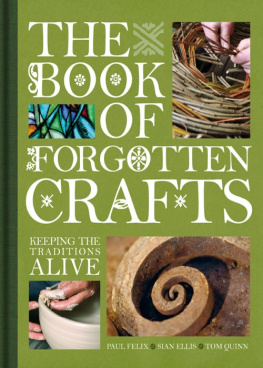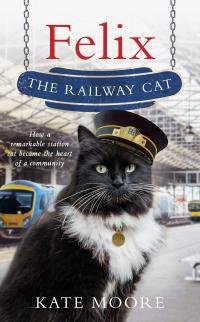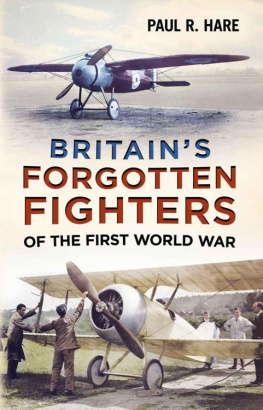
Foreword
T his book is very timely. There seems to be a great resurgence of interest in traditional trades and crafts and perhaps the most important aspect of the book, and the work of the people it features, is that it is inspirational.
Reading the stories of these talented individuals, it often seems to be a chance encounter that set them on the path to master their particular skill. What follows is years of dogged determination almost obsessional driven as much by the desire to really understand their raw materials and difficult techniques as by the need to earn a living.
Whilst traditional craftspeople share dedication, above all, to their materials, skills, and the pursuit of excellence, they also share the fact that they are an intrinsic part of our heritage. Smith is our most common surname and the Potters, Turners, Dyers, Thatchers and Wrights show that we were a nation of craftspeople. We seem to be only just realising that these skills, passed down through many generations, are as much a part of our heritage as our historic buildings and monuments, and it is our duty to ensure this inheritance is passed on to the next generation.
Who knows, perhaps this book will be the chance encounter that sets a new generation of craftspeople on their own inspirational journey.
Robin Wood
Chair
Heritage Crafts Association


Introduction
C raftsmen and crafts have been in my life since, as a young boy, l watched my carpenter father build a large model of HMS Victory, cutting and carving the wood and even making the cannons and cannon balls. He was a tradesman of the old school like his father before him not a craftsman, he insisted, but a tradesman; I think it is a very fine line where one stops and the other starts.
I didnt follow him. Instead I became a photographer, first for newspapers in London, then for magazines and colour supplements. Over the years I found myself on assignments photographing craftsmen all over the country and became fascinated by their work. As the newspaper and magazine worlds changed they largely forgot about crafts, but by then the subject had become a special interest for me so I continued to seek out and photograph traditional craftsmen whenever I could.
Gradually I built up a large photographic library and continue to add to it all the time. On my photographic trips for this book I took with me either San Ellis or Tom Quinn, my long-time collaborators and fellow craft fans, who got the craftspeople to talk and explain their life and methods.
Paul Felix
What never fails to impress me is the commitment of the craftspeople I meet. They have unrivalled knowledge of their subject and the tremendous skill that comes of focusing on their chosen work for many years, but they also have an intense passion for what they do. In many cases they are continuing a long tradition of craftsmanship that stretches back into the mists of time, often using the simplest of tools and methods that would have been familiar to their counterparts centuries ago. That is not to say that in some cases they have not taken advantage of modern technology, however, that does not stop the products they make from being thoroughly hand crafted.
My father was shown the way by the previous generation, but that chain has largely been broken and the skills are in danger of being lost altogether. Thats what makes the dedication of the people in the pages of this book so important. It is heartening to see a number of younger craftsmen starting out, often following a family tradition, and I hope this book will help to encourage more people of all ages to take an interest and get involved.

THE BOOKOF FORGOTTEN CRAFTS
PAUL FELIX, SIN ELLIS, TOM QUINN


VILLAGE WORKSHOP CRAFTS

The Wheelwright

WHEELWRIGHTS & COACH BUILDERS
T he wheelwright was always referred to as the King of Carpenters, Greg Rowland says. A lot of people struggle to work in a circle, there are so many angles to get right and there arent any square joints. If you have a 12 spoke wheel, for example, you have 31 joints that all have to be perfect. We work to an age-old formula.
A look around the workshop and grassy courtyard of Mike Rowland & Son Greg is the son instantly highlights the diversity of this family business in Colyton, Devon: in addition to giant wooden wheels, there could be farm wagons, gypsy caravans, a show dray, handcarts and cannons, either awaiting repair or being built. As Royal Warrant Holders to Her Majesty the Queen in the position of Wheelwrights and Coachbuilders, an honour received in 2005, the Rowlands enterprise is also called upon to help maintain world heritage vehicles in the Royal Mews.
We arent allowed to talk about the royal work we do, Greg says. But with regards to the rest, we make wheels and vehicles for every imaginable purpose. Our customers are private individuals, farmers, military and naval, museums and film companies. Weve made Roman trebuchet wheels for a period film and my father was adviser on wagons and heritage to The French Lieutenants Woman [filmed in Lyme Regis in 1980].
A FAMILY TRADITION
Woodworking has been in the Rowland family at least since the mid 1700s and there is a suggestion that links go farther back even than this.
The wheelwright who made the wheels on the wagons that carried stone to build Exeter Cathedral in the 1100s was called Edward de Rowland and he lived in Colyton. So weve been at it a fair old while, Greg says with classic understatement.
In the modern era his father Mike, now in his 70s and still busy working, set out as a carpenter and joiner.
I was taught by men who learnt their trade in the Victorian period, Mike says. We did everything, including coffins. But I was always the one who had an aptitude for curved work, like stairs and bay windows, and I used to repair wheels for gypsies. Thats how it all started.
In 1964 he set up independently as a wheelwright and coachbuilder. Greg, who joined him 19 years ago following a stint in the Army and a period running his own forge, says, There are always new things to learn. Im probably half way through a 40 year apprenticeship.























